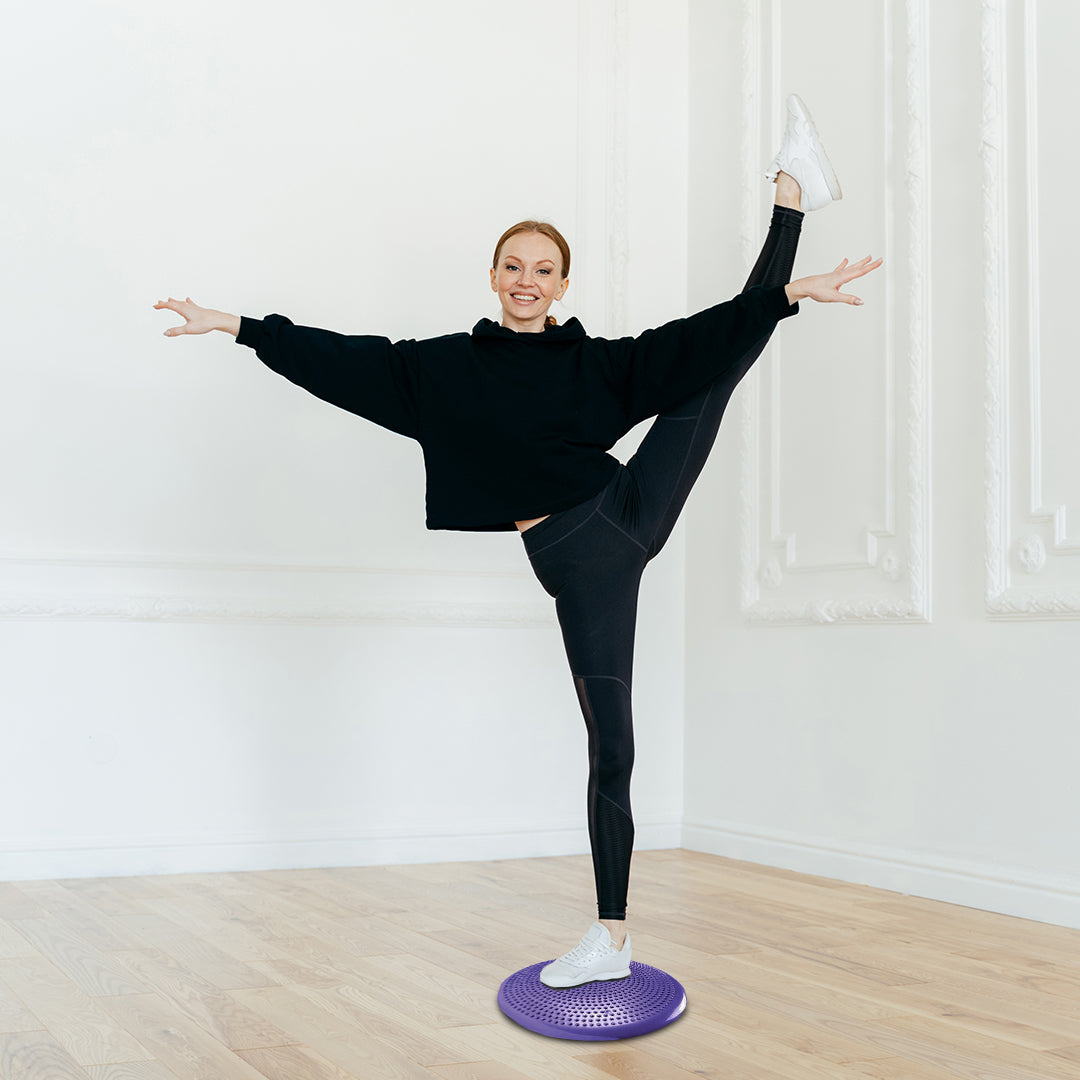A technique for coaching attention and awareness as well as obtaining a mentally clear emotionally calm and stable state, in which an individual uses a technique such as mindful awareness, or focusing the mind on a specific object, thought, or activity to achieve a mentally clear and emotionally calm and stable state. In this article, we discuss about 7 Simple Techniques to Reduce Anxiety.
The Upanishads of Hindu philosophy include the first records of meditation, and meditation is an integral feature of Buddhism and Hinduism’s contemplative genres.
Asian meditative techniques have been extended to other cultures since the 19th century, where they have found use in non-spiritual contexts such as commerce and health.
Meditation is said to reduce stress, anxiety, sadness, and pain while also improving tranquility, vision, self-concept, and total well-being.
The Benefits of Meditation
Meditation is a quick and easy way to de-stress. It can sweep away the tension of the day, bringing inner calm with it. And you can concentrate anywhere you are: on a walk, on the bus, waiting in line at the doctor’s office, or even in the middle of a challenging work meeting.
It’s simple to accomplish and doesn’t cost a fortune. It also doesn’t call for any specialized equipment. It offers numerous physiological and mental benefits. When you quit meditating, the benefits will continue. You might find that meditation helps you stay calmer throughout the day.

The Following Are Some of the Emotional and Physical Advantages of Meditation:
Meditation and Physical Well-being
- Meditation slows the aging of your brain and increases the amount of grey matter in it. Muscle control, vision, hearing, memory, emotions, and speech are all controlled by grey matter.
- This makes it much simpler to concentrate and attain flow, which is the sensation of being completely engrossed in and stimulated by something. You can also procrastinate less and do more in the same amount of time.
- It also improves sleep quality by lowering resting heart rate, regulating blood pressure, and increasing patience and tolerance.
- If you have a medical problem, especially one caused by stress, meditation may be advantageous. Some evidence suggests that meditation can help patients manage symptoms of anxiety, asthma, cancer, chronic pain, depression, heart disease, high blood pressure, irritable bowel syndrome, sleep issues, and tension headaches.
Meditation and Mental Well-being
- It can provide you with a sense of serenity, tranquility, and balance, all of which are beneficial to your emotional well-being as well as your general health.
- Meditation can assist you in learning to stay balanced and at peace with yourself. When you meditate, you can purge your brain of the information overload that accumulates throughout the day and adds to stress while also reducing unpleasant feelings. It also improves your creativity by boosting yourself.
- Meditation has a relaxing impact on the body. According to one neurophysiologist, the practice “rewires the circuitry of your brain” by boosting blood flow to the brain.
- These can include nearly anything that claims to teach calm or compassion, and it has been proven that those who meditate need fewer hours of sleep. It gives you a different perspective on emotional times while still teaching you how and where to control your stress.

7 Simple Techniques to Reduce Anxiety Types of Meditation
The term “meditation” refers to a variety of techniques for achieving a calm state of mind. Meditation and relaxation techniques come in a wide variety of forms. The benefits of meditation can include:
Guided Meditation:
In this type of meditation, you create mental images of calming places or circumstances.
Mantra Meditation:
Is a sort of meditation in which you silently repeat a relaxing word, concept, or phrase to keep your mind from wandering. This process builds on being mindful of having a higher level of awareness and acceptance of living in the present moment.
Qi Gong:
This practice restores and keeps balance by mixing meditation, relaxation, physical movement, and breathing exercises. Traditional Chinese medicine includes qi gong.
Tai Chi:
Tai chi is a moderate form of Chinese martial arts training. Tai chi is a leisurely, beautiful form of exercise. In which you can complete a self-paced set of postures or motions while practicing deep breathing.
Transcendental Meditation:
This meditation is a straightforward, natural method of meditation. This type of meditation involves silently repeating a personal mantra, such as a word, sound, or phrase, in a precise manner.
Yoga is Most Important to 7 Simple Techniques to Reduce Anxiety:
Yoga is a form of exercise that involves a sequence of postures and breathing techniques to build a more flexible body and a tranquil mind.
Engaging Prayer:
Practicing prayer is the most well-known and widely done kind of meditation. In most faith systems, both oral and written prayers are included.
Meditation Equipment:
You don’t need much to meditate; however, there are two things you should have:
A place to sit: While standing and walking meditation are both possible, seated meditation is the most popular and best place to begin. The most common thing people sit on during meditation is a meditation cushion.
A meditation cushion has the advantage of allowing you to sit in an upright position, which improves your attention and the quality of your meditation. You may be tempted to slouch while using a chair or a meditation bench, which can cause you to lose focus.
A stopwatch: Because meditation is all about strengthening your “attention muscle,” repeatedly checking a clock would negate the aim of meditation by diverting your attention away from your breath.

Meditation Exercises for Anxiety
Exercises for anxiety: If you’re having trouble coping with your anxiety, try one or more of the following exercises at any time and place. The goal is to engage in activities that will allow you to relax quickly.
Relax through breathing: When you’re anxious, you’ll notice that your heart rate and breathing rate both increases. Waiting just a few moments to get your breathing under control might help you relax both physically and mentally.
To relieve muscle tension during anxious moments, first sit in a quiet and comfortable place. Then focus on your breathing with your eyes closed. Inhale slowly through your nose, and next exhale slowly through your mouth. After that, create a tight fist with your hand and hold it there for a few seconds.
Finally, open your fingers slowly and notice how you feel. You’ll probably realize that the strain in your hand has gone away. Your hand will get lighter and more open with time. Counting to relax: Counting is a simple way to reduce anxiety. Count till you are no longer concerned.
Meditation Exercises for Beginners
This meditation exercise is a great way to get started if you’ve never done it before.
- Lie down or sit comfortably.
- Close your eyes for a moment. Try one of our cooling eye masks or restorative eye shields if you’re lying. Make no attempt to control your breathing; just breathe naturally.
- Pay attention to the breath and how each intake and exhale affects your body.
- Simply breathe without trying to change its rate or intensity. Whenever your mind wanders, restore to your breath.
- To begin, keep this meditation practice for two to three minutes, then try it for long lengths of time.
When you’re feeling worried, try these Techniques to Reduce Anxiety and calm your breathing: Sit in a peaceful and comfortable area with a pen and paper. Put a hand on your stomach and take a deep breath in.
Then inhale slowly and steadily through your nose. Exhale slowly through your mouth after that. Repeat this method at least 10 times, or until you see a reduction in your anxiety.
However, meditation, on the other hand, is not a substitute for standard medical treatment. 7 Simple Techniques to Reduce Anxiety It can, however, be a beneficial tool to your previous therapy. It’s a sort of supplementary medicine that focuses on the mind and body. A deep state of relaxation as well as a calm mind can be achieved through meditation.





